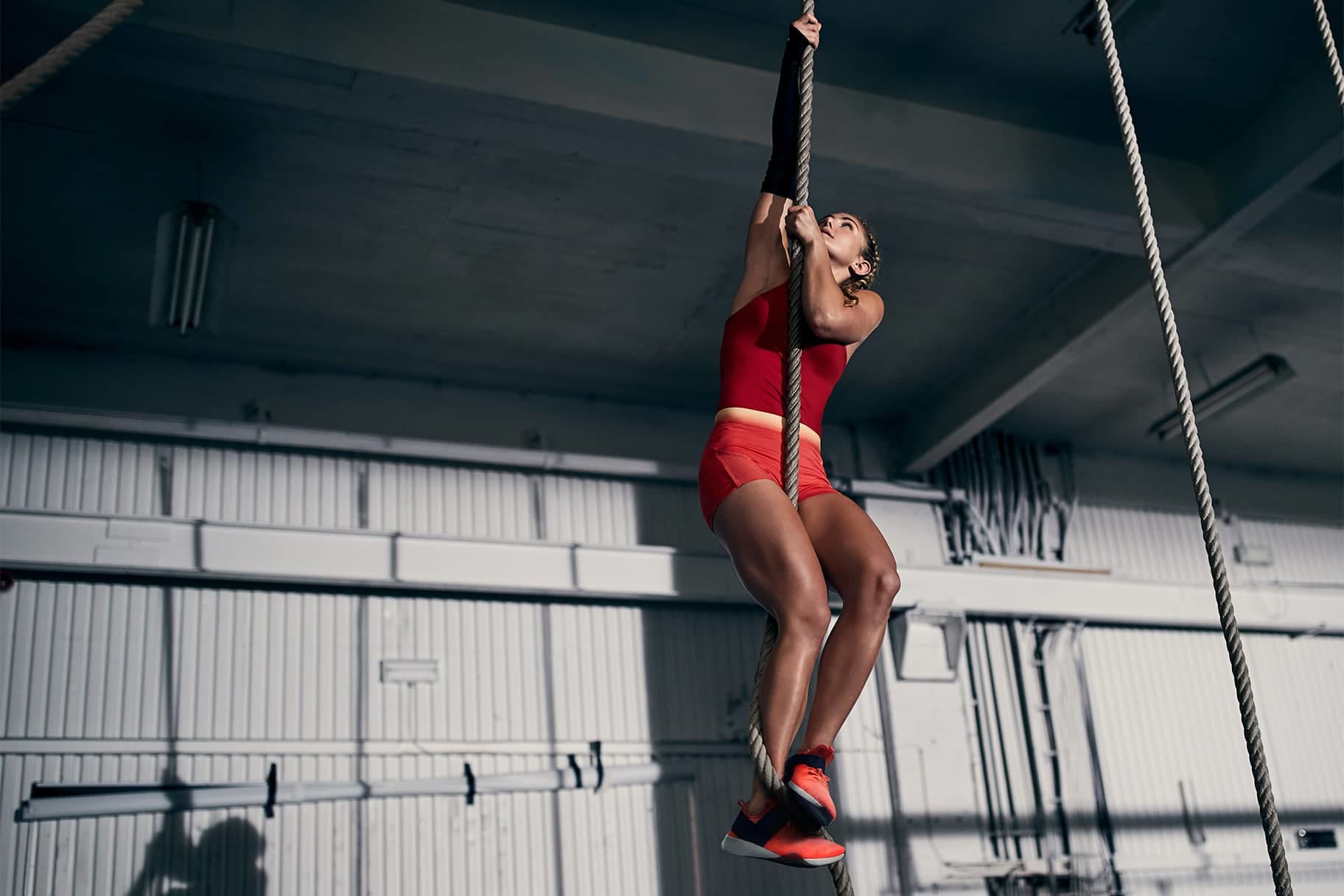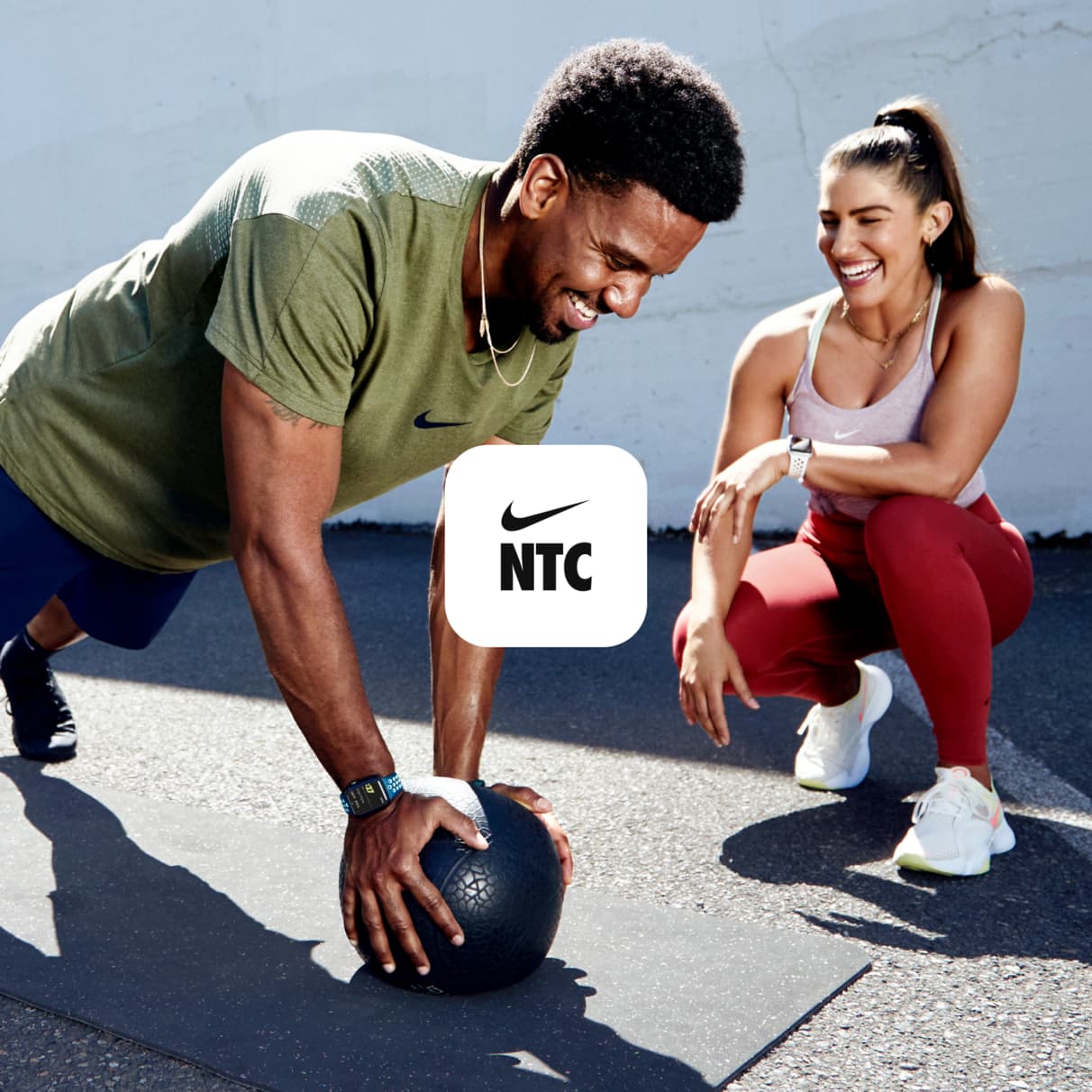Key Benefits of Rope Climbing
Sports & Activity
If you haven't tackled a rope since gym class (or ever), here are a handful of reasons why you should — along with some pro tips for getting started.

When it comes to workouts you can do anywhere, rope climbing doesn't usually make the list — unless you happen to hang out in CrossFit gyms and at obstacle course races. But finding a way to get more climbing into your fitness regime could be a smart investment, especially considering this type of activity offers some distinctive benefits.
Here are the top advantages, along with some pro tips on form that can kick off your climbing adventure.
Provides a Full-body Workout
Although it might look like you're mainly using your arms when you climb, that's not the case, said Tom Holland, C.S.C.S., exercise physiologist, author of "The Marathon Method" and host of the podcast, Fitness Disrupted.
"Depending on the technique you use, climbing a rope can be a phenomenal full-body workout," he said. Here are the major muscles you'll be working.
- Core: Due to the instability and movement of the rope, it requires you to engage your core muscles, which helps to create stability and keeps you centered.
- Back: One of the biggest muscles involved in the activity is the latissimus dorsi, known as the lats, which cover the middle and lower back and play a major part of spine movement. You'll also be firing up smaller muscles of the upper back as well.
- Legs: While it's possible to climb using only your upper body, Holland said another technique is to use your legs for additional strength and stabilization, which builds your hamstrings and stabilization.
- Arms: Pulling your body weight up against gravity requires major muscle fiber recruitment from your forearms and biceps.
"Because you'll be engaging so many muscles, that makes rope climbing a time-efficient exercise that can improve proficiency for other bodyweight moves, particularly pull-ups and chin-ups," Holland said.
Improves Grip Strength
Although it might seem like a minor part of fitness, grip strength is an essential part of numerous exercises — and research indicates it can even be used as a measure of overall health, especially as you age.
For example, a 2019 study in the journal Clinical Interventions in Aging suggested grip strength should be used as a biomarker of healthy aging, just as bone mineral density is seen as a way to predict risk of falling and injury.
That’s because strong grip requires a certain level of muscular force, and not just in the hands and forearms — those researchers noted that a forceful grip is an indication of greater muscle mass throughout the body.
Helps Build Confidence
In addition to challenging your muscles, there's a significant mental component to rope climbing, Holland said. If you haven't climbed like this — or it was a task you dreaded in gym class — just seeing that rope can feel intimidating. But as you progress and boost your ability, that can bring a wave of confidence, he said.
That feeling can be particularly strong if it helps support you in other fitness efforts. For example, if you feel frustrated in your initial efforts but then it "clicks" for you at some point, you can apply that same mentality to other sports and workouts that feel challenging.
How To Climb a Rope
You're currently standing in front of an ordinary rope. Now what?
The key starting point is to reach your arms up as high as they can go to establish a grip. Then, jump up so you can draw your legs up to follow, said Caroline Grainger, a C.P.T. at FitnessTrainer.
"Once your legs are up, you'll need to use your feet and calves to keep a grip on the rope while you reach your arms higher and extend your body upward with your hands," she said. "Ropes with knots in them are ideal for beginners since they provide the most support for your feet. Also, use safety precautions, like a padded floor under the rope."
When people slip down, it's usually not because their grip falters — it's because of foot placement and loss of strength in the legs, Holland said. Because of that, consider trying a few different foot holds, also called foot locks. This can create stability underneath you, particularly as you release your hands when you reach up for incremental progress, and provides both a break for your upper arms and a brake so you don't slip down.
The easiest is a basic wrap and lock, also called a J-hook, which is used often in CrossFit. With the rope along the center of your body, and your knees tucked up, step down on the rope with your dominant foot while pressing up on the loose end with your other foot. This puts the rope between your feet, draping over your non-dominant foot, and for added security, stack that foot on top of your dominant one to "lock" the rope in place.
As you get used to the motion of rope climbing, you can play around with other foot lock variations to see what feels the most comfortable and efficient for you. Though more advanced, you can also make it an arm-day exercise by not using your feet and legs at all.
Finding a rope may take more effort than using other types of fitness equipment, but when it comes to a fun, full-body, and possibly confidence-building workout, it's worth the climb.
Words by Elizabeth Millard
